ANIMALS
27 Animals That Mate For Life
Published
5 months agoon
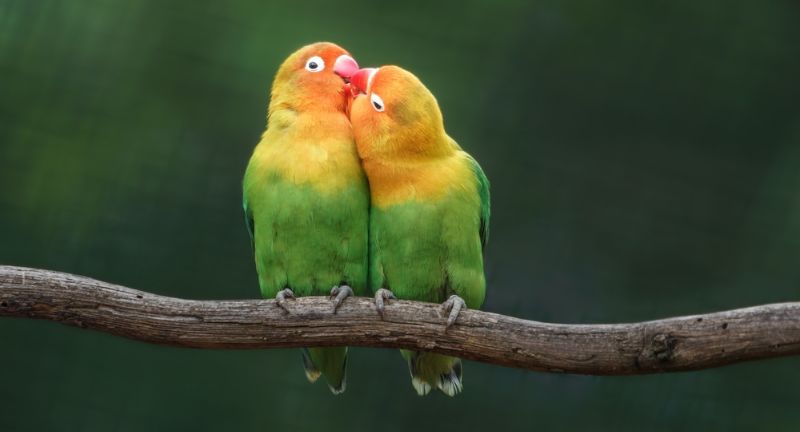
Shutterstock
In the animal kingdom, monogamy is a rare and fascinating behavior, but many species form lifelong bonds with their mates. These animals work together to raise their young, defend their territory, and navigate the challenges of survival. From birds like swans and penguins to mammals like wolves and coyotes, the commitment between these species is a powerful testament to the strength of partnership. Their dedication to each other is essential for the survival and success of their offspring. In this article, we’ll explore 30 animals that are known for mating for life.
Swans
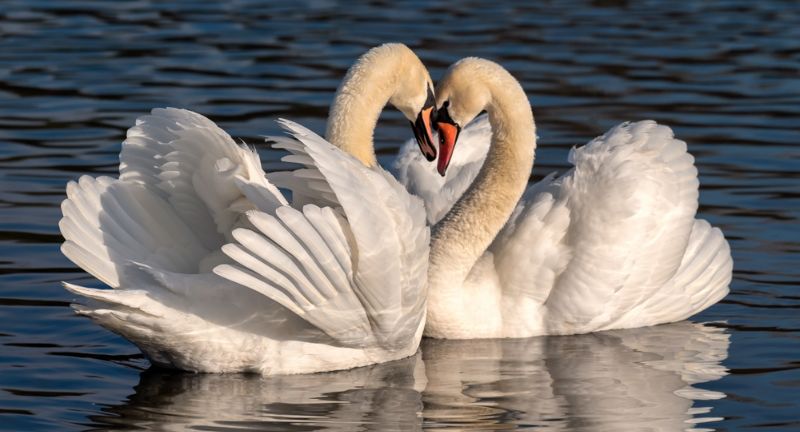
Shutterstock
Swans are often seen as a symbol of love and loyalty because they typically mate for life. These elegant birds form strong bonds with their partners, working together to raise their young and protect their territory. Both male and female swans share the responsibilities of building nests and caring for their offspring. Once paired, they remain together, providing companionship and support throughout their lives.
Penguins
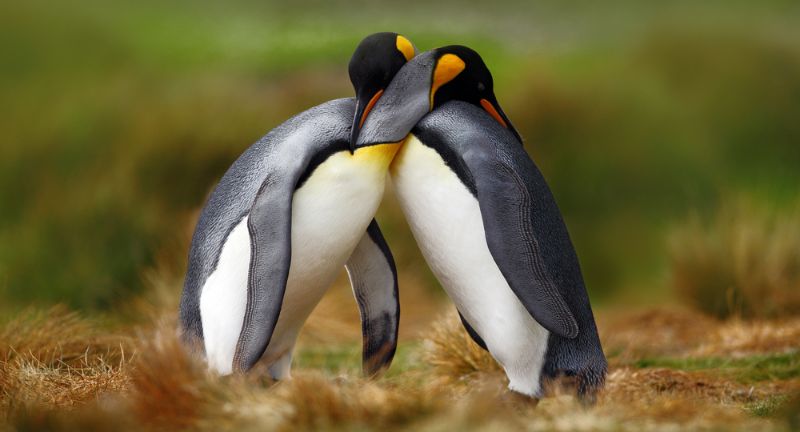
Shutterstock
Penguins, especially species like Emperor and Gentoo penguins, are known for their lifelong bonds. These birds go through elaborate courtship rituals, and once they find their mate, they remain loyal. Penguins work together to raise their chicks, with both parents taking turns incubating the egg and caring for the young. Their dedication to each other is truly remarkable, even in the harshest environments.
Wolves
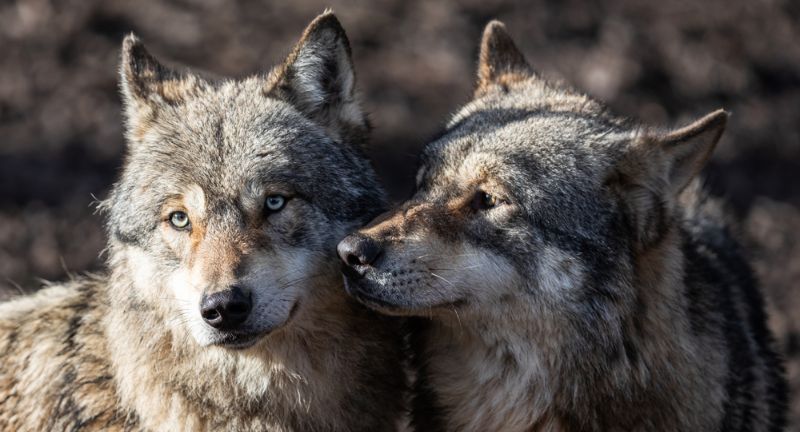
Shutterstock
Wolves are highly social animals that often form lifelong bonds with their mates. A wolf pack typically consists of a mated pair and their offspring, working together to hunt, raise pups, and protect their territory. The alpha male and female of the pack lead their family unit and display strong loyalty to one another. Their monogamous relationships help maintain the stability and success of the pack.
Bald Eagles
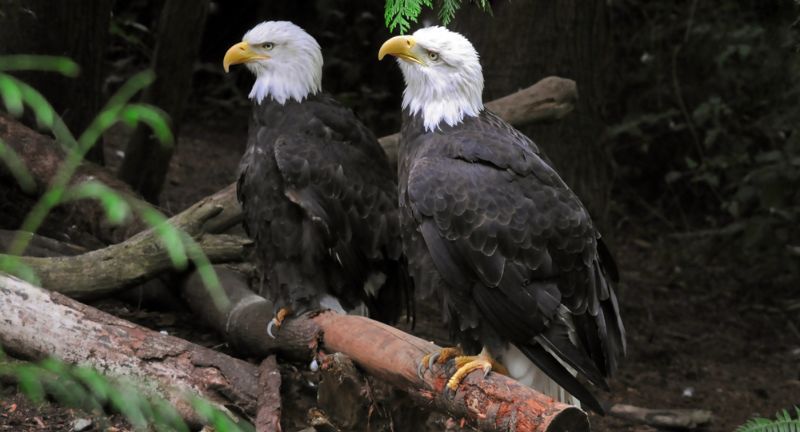
Shutterstock
Bald eagles are majestic birds of prey that form lifelong partnerships with their mates. Once paired, they work together to build massive nests, which they often use year after year. Both parents take part in raising their young, and they share the responsibilities of hunting and protecting their family. These lifelong bonds help ensure the success of their offspring and contribute to the strength of their species.
Albatrosses
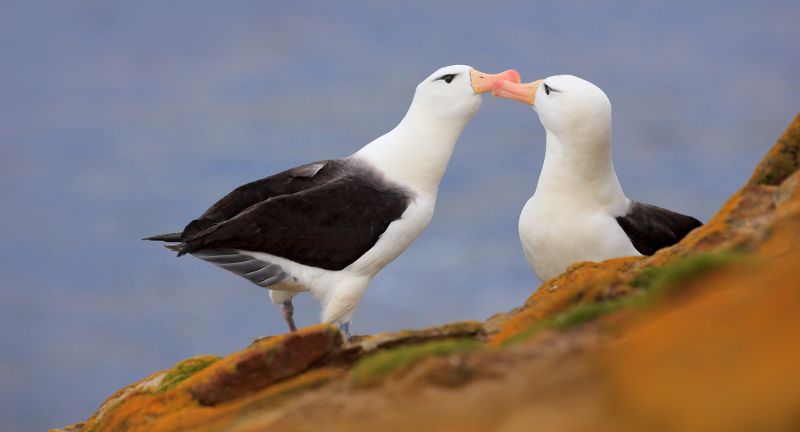
Shutterstock
Albatrosses are seabirds known for their incredibly long wingspans and lifelong mating habits. These birds engage in elaborate courtship dances before selecting a mate, and once paired, they remain together for life. Albatrosses spend much of their time apart, flying great distances, but they reunite each breeding season to raise their chicks. Their strong, lifelong bond helps them successfully navigate the challenges of parenthood in harsh ocean environments.
Beavers
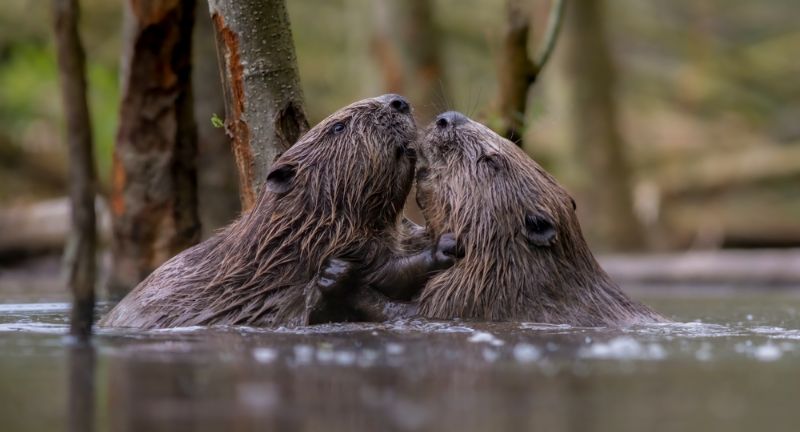
Shutterstock
Beavers are monogamous animals that form strong pair bonds and work together to build and maintain their homes. Both the male and female take part in constructing dams and lodges, which serve as their family’s home and protection. They also share responsibilities in raising their young, teaching them essential skills for survival. These lifelong partnerships contribute to the stability and success of beaver colonies.
French Angelfish
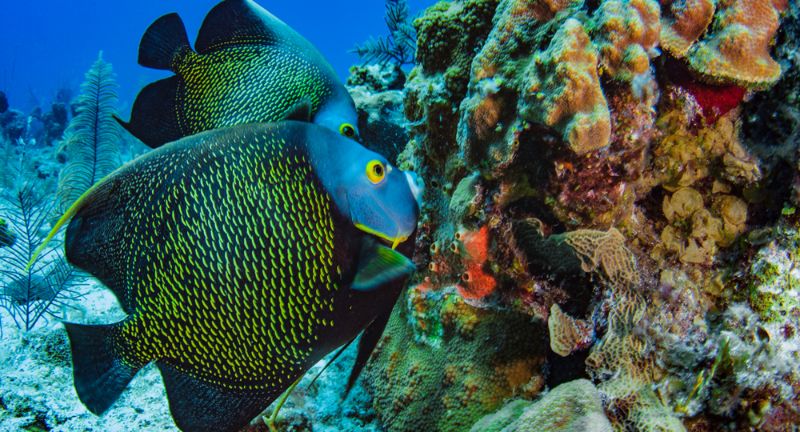
Shutterstock
French angelfish are known for their strong pair bonds, often seen swimming together in tropical waters. These fish form monogamous relationships and are rarely seen apart from their partners. They work together to defend their territory from intruders, and both contribute to raising their offspring. Their close partnership is vital for their survival and success in the wild.
Gibbons
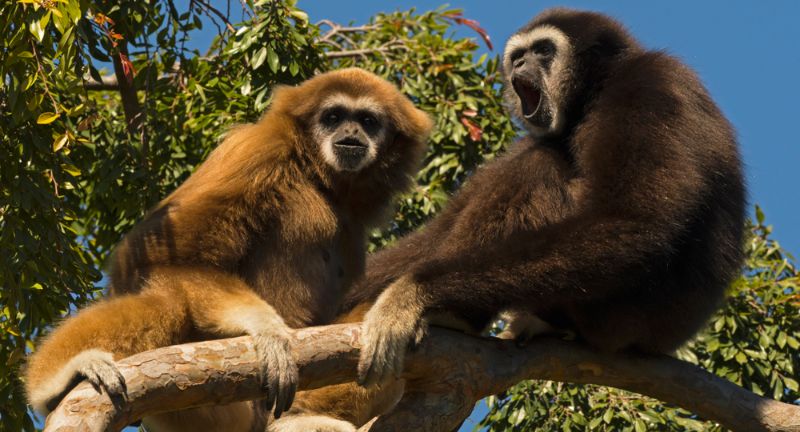
Shutterstock
Gibbons are small apes known for their acrobatic abilities and their strong, monogamous relationships. These animals form lifelong pair bonds and are highly territorial, often singing duets with their mates to reinforce their bond and mark their territory. Both parents share in the care of their young, teaching them how to navigate the treetops. Their lifelong commitment to each other helps ensure the success of their family unit.
Geese
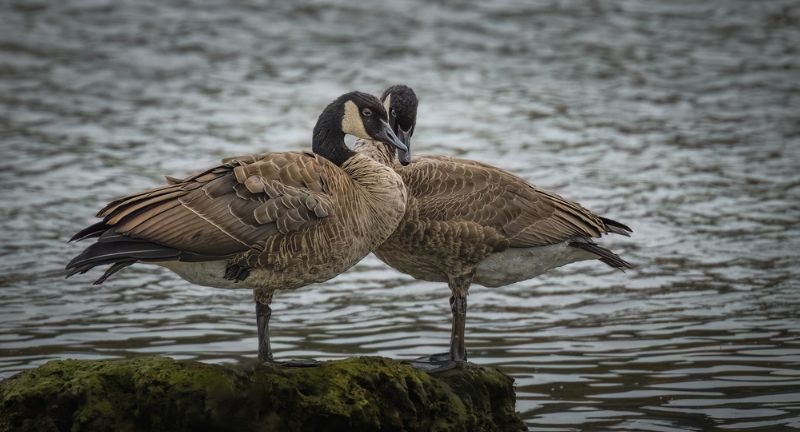
Shutterstock
Geese are known for forming strong, lifelong pair bonds, often returning to the same mate year after year. These birds work together to build nests, incubate eggs, and care for their goslings. Their dedication to their mate and offspring is essential for the survival of their young. When migrating, geese fly together in formation, further emphasizing their strong family bonds and teamwork.
Shingleback Skinks
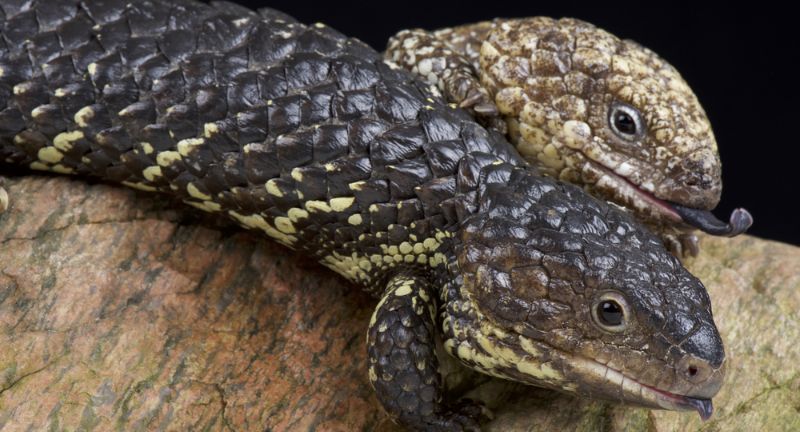
Shutterstock
Shingleback skinks, a type of Australian lizard, are known for their unique mating behavior and monogamous relationships. These reptiles form strong bonds with their mates, often staying together for life. Unlike many reptiles, both male and female skinks are involved in raising their young, providing protection and care. Their lifelong partnerships are a rarity among reptiles, making them a fascinating species to observe.
Sandhill Cranes
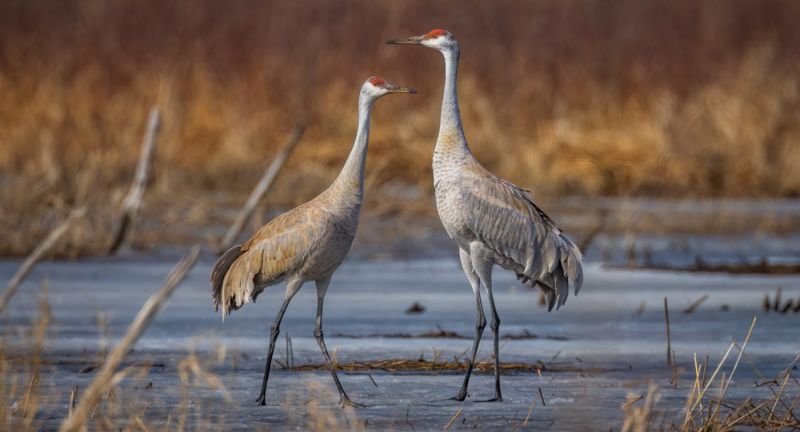
Shutterstock
Sandhill cranes are graceful birds that mate for life, often performing elaborate courtship dances to strengthen their bond. These birds work together to build nests, incubate eggs, and care for their young. Their lifelong bond ensures that both parents are invested in the survival of their offspring. Sandhill cranes are known for their loyalty and return to the same mate each breeding season, reinforcing their partnership year after year.
Seahorses
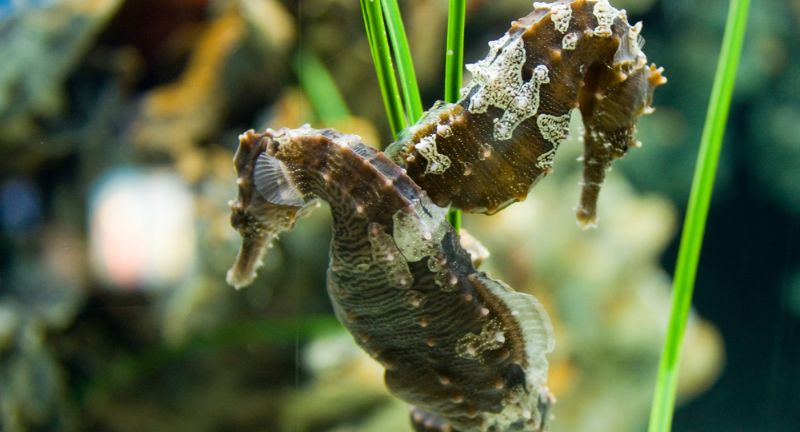
Shutterstock
Seahorses are known for their unique reproductive system, where the males carry and give birth to the offspring. These fascinating creatures often form monogamous pair bonds, spending most of their time with their chosen mate. They perform daily rituals, such as swimming together and changing colors, to strengthen their bond. Their unique mating behavior and strong partnership make them a remarkable example of lifelong commitment in the animal kingdom.
Barn Owls
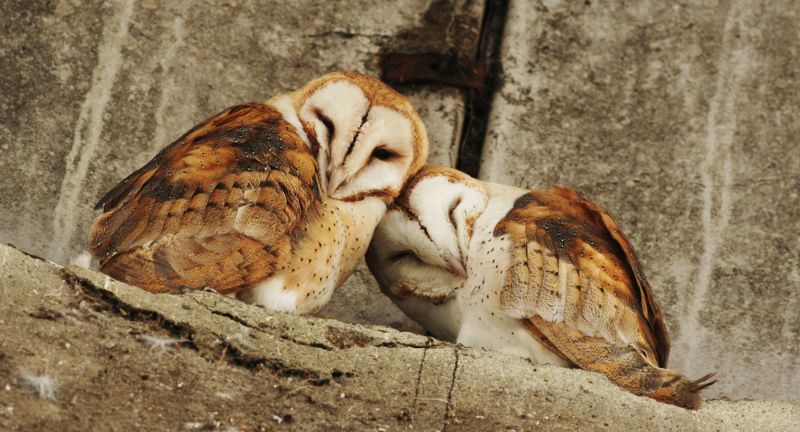
Shutterstock
Barn owls form strong, lifelong bonds with their mates, often returning to the same nesting sites year after year. These nocturnal birds work together to raise their young, with both parents hunting and caring for their chicks. Their loyalty to their mate and dedication to their family ensures the survival of their offspring. Barn owls are also known for their close communication, often calling to each other to maintain their bond.
Gray Foxes
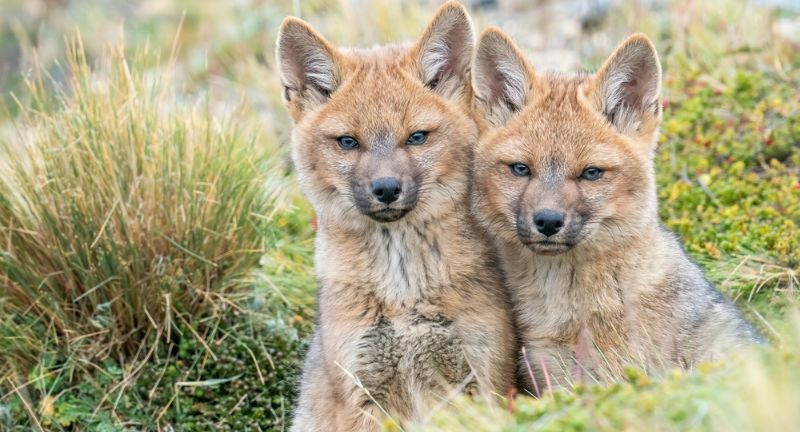
Shutterstock
Gray foxes are monogamous animals that often form lifelong bonds with their mates. These foxes work together to raise their young, sharing responsibilities like hunting and protecting their family. Both parents are actively involved in teaching their offspring essential survival skills. Their lifelong partnerships help ensure the success and stability of their family unit, making them excellent parents and loyal mates.
Prairie Voles
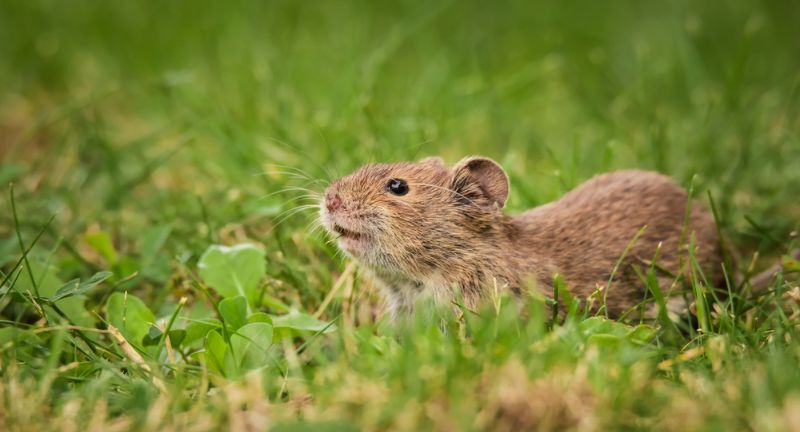
Shutterstock
Prairie voles are small rodents that are known for their strong pair bonds and monogamous relationships. These animals form lifelong partnerships, raising their young together and sharing in the responsibilities of nest-building and protection. Prairie voles are also known for their close physical connection, often grooming and cuddling with their mate. Their strong, lifelong bonds have made them a subject of interest in studies on monogamy and social behavior.
Lovebirds

Shutterstock
Lovebirds are small parrots named for their strong pair bonds and affectionate behavior toward their mates. Once they find a partner, they remain loyal for life, often spending their days preening and cuddling with each other. These birds are also known for their cooperative parenting, working together to raise their young. Their strong, lifelong partnerships make them a symbol of love and loyalty in the animal kingdom.
Termites

Shutterstock
Termites may not be the first animal that comes to mind when thinking of lifelong mates, but termite kings and queens form strong, monogamous partnerships. Once they establish a colony, the king and queen work together to produce offspring and maintain the colony’s success. These partnerships can last for many years, with both mates playing essential roles in the colony’s growth and stability. Their loyalty to each other is crucial for the survival of their colony.
Macaroni Penguins
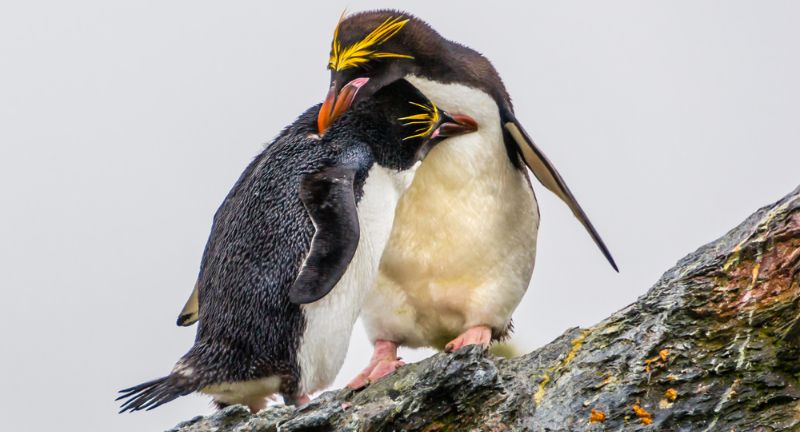
Shutterstock
Macaroni penguins are another species known for their monogamous relationships, forming strong bonds with their mates. These birds engage in elaborate courtship displays, and once paired, they remain loyal to each other throughout their lives. Macaroni penguins take turns incubating their eggs and caring for their chicks, working together to ensure the survival of their offspring. Their dedication to their mate and family is a testament to their strong, lifelong bond.
Ospreys
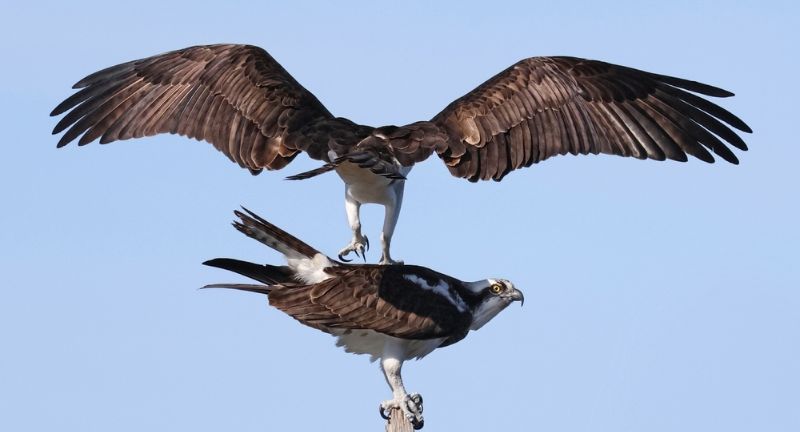
Shutterstock
Ospreys are large birds of prey that often mate for life, forming strong partnerships with their chosen mate. These birds return to the same nesting sites each year, working together to raise their young and defend their territory. Both parents share responsibilities, with the male providing food and the female protecting and incubating the eggs. Their lifelong bond helps ensure the success of their offspring and the continuity of their family line.
Mute Swans
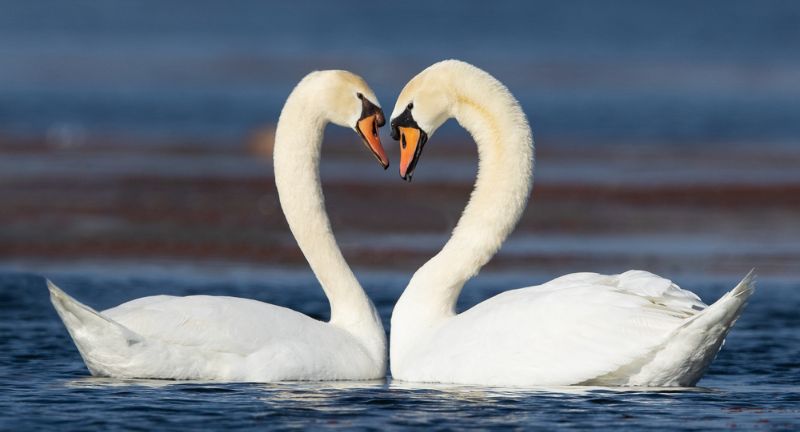
Shutterstock
Mute swans, like other swan species, are known for their strong, lifelong pair bonds. These birds work together to build nests, incubate eggs, and raise their cygnets, displaying a remarkable level of teamwork. Their devotion to each other and their family is evident in their behavior, often seen swimming and foraging together. Mute swans are a symbol of love and fidelity, making them one of the most iconic monogamous animals.
Red-tailed Hawks
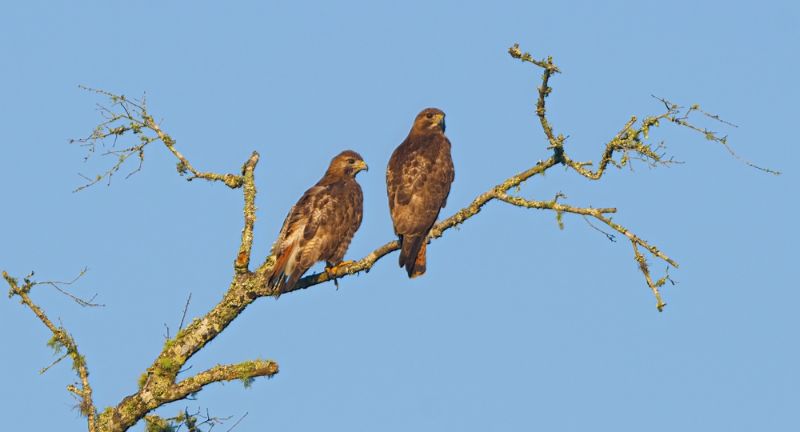
Shutterstock
Red-tailed hawks are birds of prey that often form lifelong bonds with their mates, working together to raise their young and defend their territory. Once paired, these hawks build nests together and share responsibilities like hunting and incubating their eggs. Their strong partnership is vital for the success of their offspring, as both parents are needed to provide food and protection. Their loyalty and dedication to each other make them a striking example of monogamous animals.
Mandarin Ducks
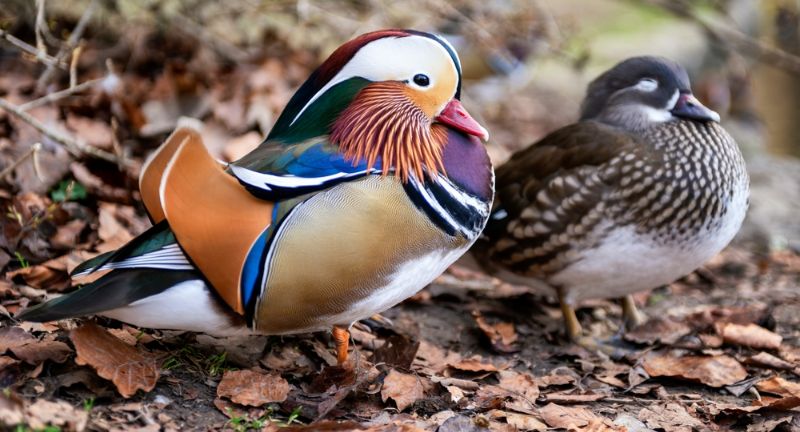
Shutterstock
Mandarin ducks are admired for their stunning plumage and their strong pair bonds, often staying with the same mate for life. These ducks are highly cooperative, working together to build nests and raise their young. Their commitment to their partner is reflected in their synchronized behavior, often seen swimming and foraging side by side. Mandarin ducks are often used as symbols of love and fidelity, especially in East Asian cultures.
Black Vultures
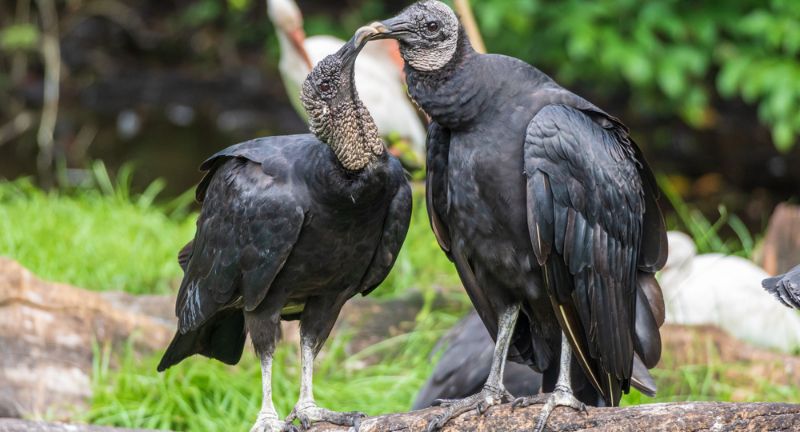
Shutterstock
Black vultures are surprisingly monogamous birds, often forming lifelong bonds with their mates. These birds work together to care for their young, sharing responsibilities like building nests and defending their territory. Black vultures are known for their close-knit family units, with both parents actively involved in raising their offspring. Their strong pair bonds help ensure the survival and success of their family, making them dedicated and loyal partners.
European Turtle Doves
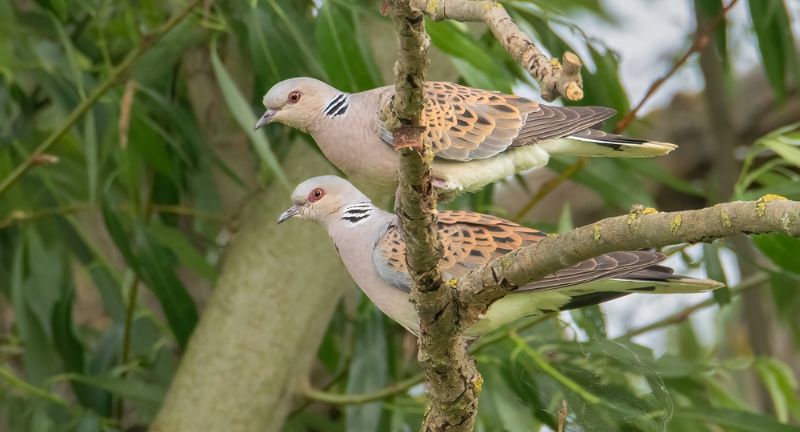
Shutterstock
European turtle doves are a species known for their gentle nature and their strong monogamous relationships. These birds form lifelong bonds with their mates, working together to build nests and raise their young. Turtle doves are often seen preening and caring for each other, reinforcing their bond through close physical contact. Their loyalty and affection toward their mate have made them symbols of love and devotion in literature and art.
Macaws
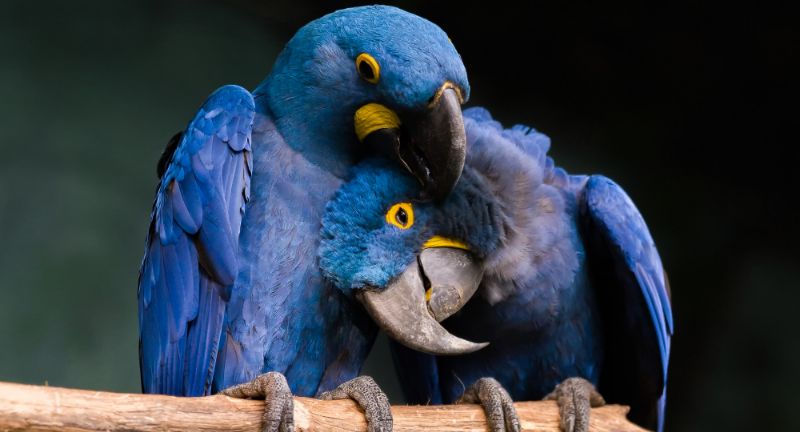
Shutterstock
Macaws are large, colorful parrots that are known for their strong pair bonds and monogamous relationships. These birds are highly social and spend most of their time with their mate, engaging in activities like preening and feeding each other. Macaws are also cooperative parents, working together to raise their young and protect their nest. Their lifelong partnerships are a testament to their loyalty and affection for their chosen mate.
Coyotes
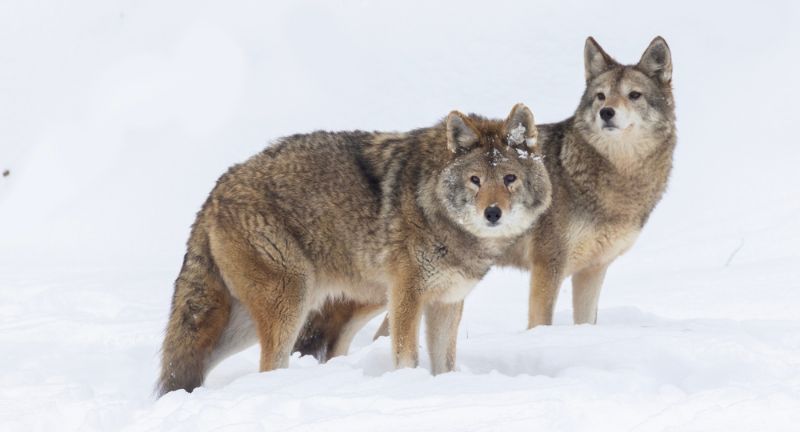
Shutterstock
Coyotes are highly adaptable animals that often form strong, monogamous bonds with their mates. These pairs work together to raise their pups, sharing responsibilities like hunting and protecting their family. Both parents are actively involved in teaching their offspring important survival skills, ensuring their success in the wild. Their lifelong partnerships help create a stable family unit, contributing to the success of their species.
Scarlet Macaws
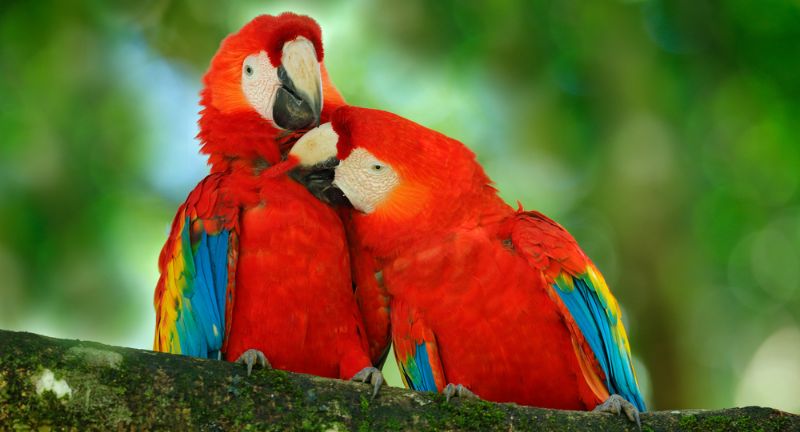
Shutterstock
Scarlet macaws are not only admired for their vibrant colors but also for their strong, lifelong pair bonds. These birds engage in mutual grooming, feeding, and other activities that reinforce their relationship. They work together to raise their chicks and protect their nests, displaying a high level of cooperation and loyalty. Their lifelong commitment to each other makes them a symbol of love and fidelity in the animal kingdom.
Conclusion
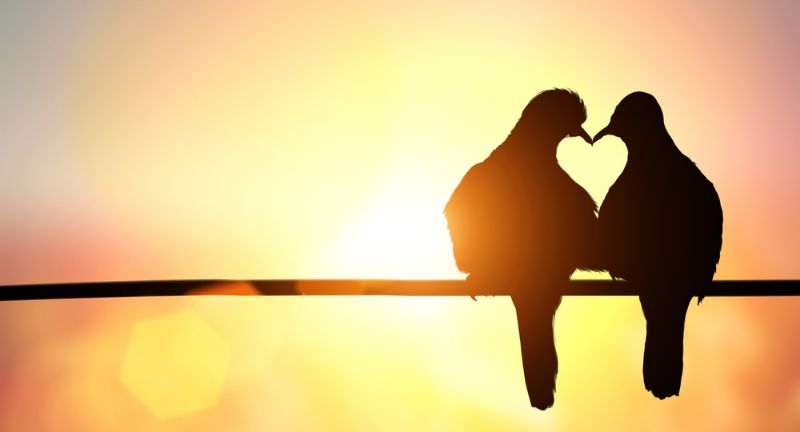
Shutterstock
The loyalty and commitment of animals that mate for life offer a glimpse into the incredible partnerships found in nature. From the skies to the seas, and across forests and grasslands, these creatures form bonds that help them survive and thrive in their environments. Their lifelong relationships remind us of the importance of cooperation, teamwork, and care in raising future generations. As we marvel at their dedication, these animals teach us valuable lessons about loyalty and the strength of enduring connections. In a world full of challenges, these partnerships are a testament to the power of love and unity in the wild.
More Amazing Animals+
-


Cranes Are More Interesting Then You May Think, Here Is…
-
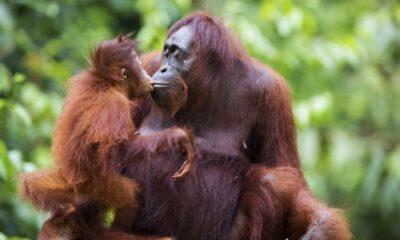

Motherhood in the Wild: From Overachievers to Epic Failures
-
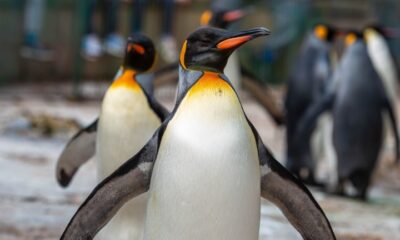

Why We Love Penguins
-


Dogs at polling stations in Oldham, England, Absolute chaos here…
-
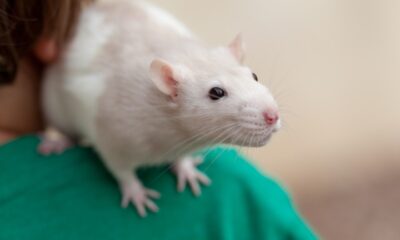

Who Knew? 33 Reasons Rats Are the Perfect Pet
-
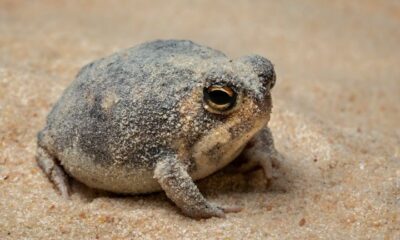

27 Animals That Live In The Most Extreme Conditions
-


30 Most Venomous Animals In The World
-


Alligator arrest outside of a school in Charleston, SC
-


Bunny Bonanza: 25 Astonishing Facts About Rabbits
-


Alligator strolls with police escort prior to being picked up…
-


24 Wildlife Conservation Sanctuaries Around The World
-
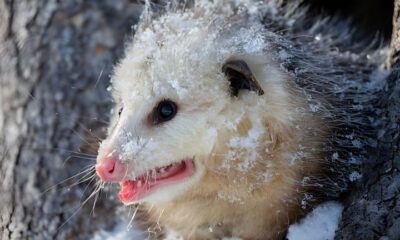

20 ‘Pointless’ Animals That Actually Have Important Day Jobs
